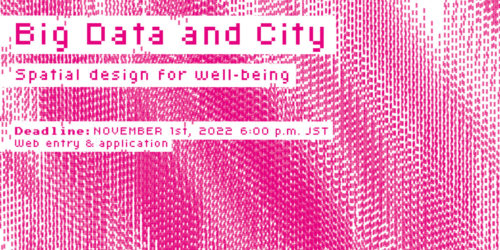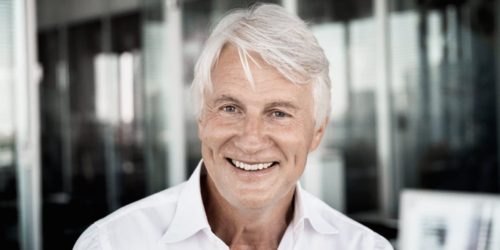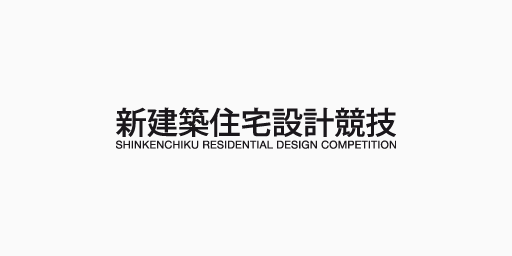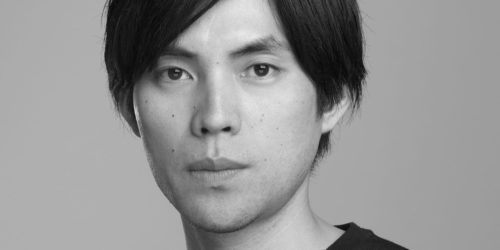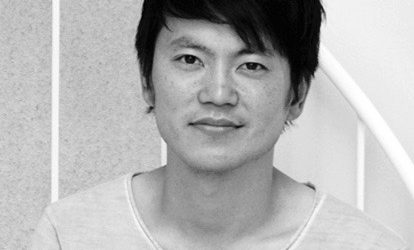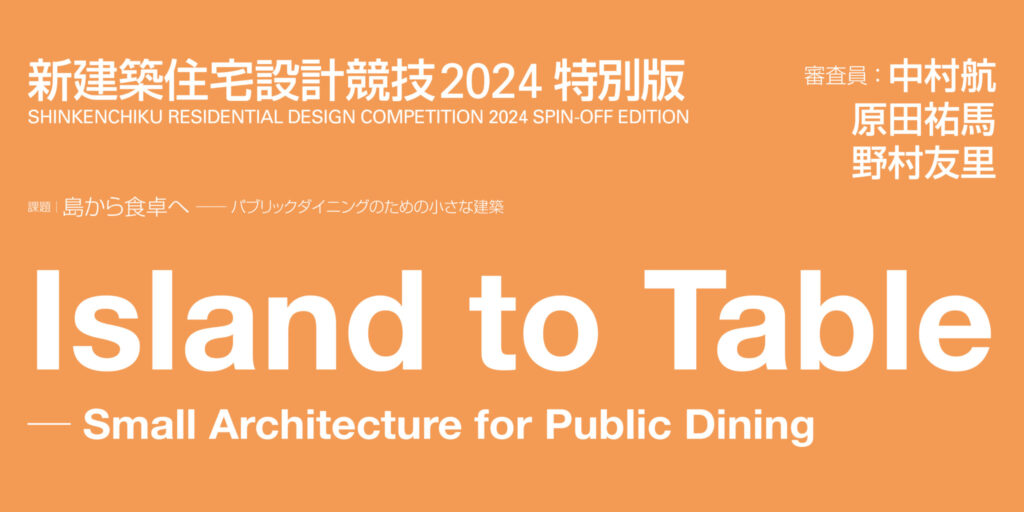Competition 2019 Living in the Future: Jury Report
2019.12.27
Nader Tehrani Jury Chair
What will the future look like? How can architects design dwellings to meet evolving living patterns and the challenges of the future? These are the questions posed of the seventy-six candidates who submitted to this competition, and indeed, the submissions diverged in both focus and genre. The questions also prompted fundamental challenges to how architects think about the context of the house, whether in its autonomy or the context in which it is grounded, be it urban or rural. The question of the “future” also assured a fair sense of speculation, narrative and projection, imagining not only spaces of a time and place yet to exist, but also the fiction that holds it together.
The jury selected twenty-five projects to discuss as part of a long list, resulting in eight that have been selected for recognition: four with awards, and four with honorable mentions. The winning selection, [195] described as The House for our Mothers was recognized for the strength and clarity of its vision, organization and morphological play. A house almost entirely cast as a “roof”, the figure of an almost perfect pyramid is rendered complex through an interplay of spatial relationships with its interior spaces, offering dormers and scaled openings to the exterior as the spaces of the house ascend to its top. Ambiguously set as a volume, as well as a series of planar aggregations, the roof is rendered at once solid and vulnerable, delicately balancing the two interpretations. Curiously familiar as a figure, the house’s roof projects into the future through defamiliarization, adopting traditional techniques, while making them strange. The project also envisions a dual agenda for the future, the first in the redefinition of the concept of family, and the second in establishing a sustainable set of practices that ties our disciplines to a broader global commitment. Tied in second, two varied genres are brought neck to neck. Contrary to the winning submission, Vil-Link [338] imagines the context of rural China as the site of intervention: instead of a retreat to the rapidly expanding cities, the project imagines a new form of urbanism within which linear growth can contribute to the rural context. If Vil-Link takes on the urgencies of a contemporary China, Nostalgia Utopia [068] builds a narrative out of China’s past and imagined future, recomposed together on an elaborate set of drawings, composed of two radically different modes of representations: one pictorial and the other technical. In tandem, these two offer the discipline of tectonic rigor in tandem with a mythic landscape, recombined with both wit and irony. The third winner targets the middle-scale of collective housing. The Tower with Gaps [102] challenges the extruded complacency of the Hong Kong tower, by introducing a subtle series of gaps between living units of a tower typology. The very spaces offer the environment for collective interaction, share space, social engagement, and a vertical urbanity. Diagrammatic in its brevity, this project also paves the way for the honorable mentions in the next category; the honorable mentions [177, 291, 318, 328] are all bestowed onto exemplary projects that adopt strong graphic languages each of which engages the architectural discipline in different ways: the first through planimetric intervention of canonical house plans, the second through a techno-diagrammatic series of iterations on ‘rooms’, the third through a graphic novel depictions, and the fourth through an abstract allusion to green ecologies. As a body of work these eight projects offer their imagination, piecing together past histories, today’s urgencies, and projections of the future into one representational space.

Mark Lee Jury Member
[195] House for Our Mothers: This exemplary project adeptly addresses complex issues of changing familial structures in contemporary societies. Utilizing familiar archetypal elements of the ziggurat and pitched roofs, the project paves the way for a new understanding of the relationships between the individualistic and the collectivist, the autonomous and the interconnected – ultimately eliciting an examination of the distribution of resources in future cities.
[318] a Room: Reinterpreting Le Corbusier’s dictum that a house is a “machine for living,” this project hones in on the room – the lowest common denominator and most basic unit in architecture – as a productive point of departure from which to question the future of the discipline. Through a series of mechanisms, from revolving doors to scanners and 3D printers, the project unveils a refreshing new perception of the dynamic potential of adaptive space; one that participates constantly in the process of its own making.

Lisa Iwamoto Jury Member
[102] Tower with Gaps: The jury appreciated the clever and edited approach to rethinking the Hong Kong tower. The slight shift in massing creating new shared space and dramatically shifts the perception of the multi-family tower.
[177] In My Father’s House There Are Many Mansions: This project showed a rigor to the plan investigations matched by compelling graphics. While the jury felt the residential scale was more successful than the urban iterations, both suggest great inventiveness using minimal means.

Barbara Bestor Jury Member
[291] Back to the Nature: This clever housing unit, that can be replicated on a large scale, integrates sustainable living with social interaction. A “green oasis” is self-sustaining pushing urban farming to an almost cellular level. The design thoughtfully stacks public and private areas to encourage socialization and community building. Expanded to the neighborhood scale (a Trojan horse in the form of a European housing block) it provides an intriguing model for sustainable growth in cities .
[338] Vil-Link: This forward-thinking proposal moves outside the well trod issue of urbanization in China to explore rural areas as a legitimate site for new development projects. The proposed development of a network of use-links for the reuse of resource silos creates anew link between the rural and the urban. Pushing beyond housing, the design looks at the whole community: linking housing, education, amenities and industrial infrastructure to create a vital connection between rural and urban communities in China.

Cristina Parreño Alonso Jury Member
[068] Nostalgia Utopia,is an interplay between past and future. The idea of nostalgia is rendered as the home sickness of those evicted from their houses by the construction of the Three Gorges Dam in China, the world’s largest power station; and utopia, as a proposed ideal scenario where speculative new technological advances, would bring those people back home through a futuristic city built on water. The project is able to combine high degree of speculation with the rigors of the technical drawing, a rich fictional narrative with a strong representation.
[328] My Home Plan proposes a fictional future in which the home is presented as a human appendix. A 2.4x2.4 m2 space, mobile and versatile, accompanies the person from birth to death becoming a compressed cinerary casket when the owner passes away. The project was selected as an honorable mention for the bravery of its radical speculation paired with a strong pictorial narration. A project of science fiction in which the way the house is conceived fundamentally transforms the lifestyle of the future.
